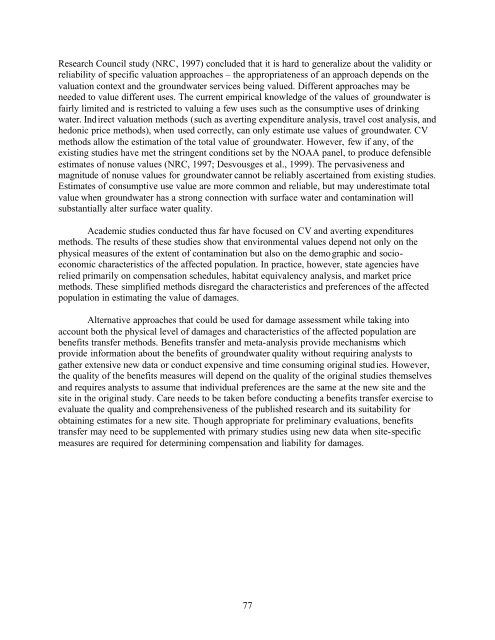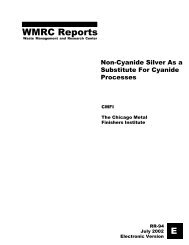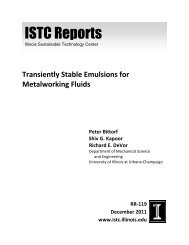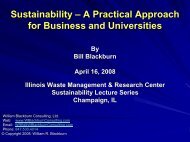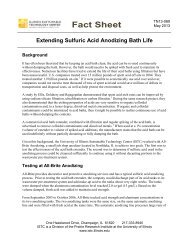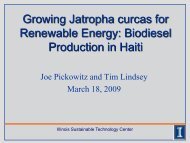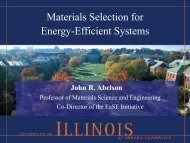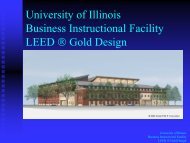Natural Resource Damage Assessment: Methods and Cases
Natural Resource Damage Assessment: Methods and Cases
Natural Resource Damage Assessment: Methods and Cases
You also want an ePaper? Increase the reach of your titles
YUMPU automatically turns print PDFs into web optimized ePapers that Google loves.
Research Council study (NRC, 1997) concluded that it is hard to generalize about the validity or<br />
reliability of specific valuation approaches – the appropriateness of an approach depends on the<br />
valuation context <strong>and</strong> the groundwater services being valued. Different approaches may be<br />
needed to value different uses. The current empirical knowledge of the values of groundwater is<br />
fairly limited <strong>and</strong> is restricted to valuing a few uses such as the consumptive uses of drinking<br />
water. Indirect valuation methods (such as averting expenditure analysis, travel cost analysis, <strong>and</strong><br />
hedonic price methods), when used correctly, can only estimate use values of groundwater. CV<br />
methods allow the estimation of the total value of groundwater. However, few if any, of the<br />
existing studies have met the stringent conditions set by the NOAA panel, to produce defensible<br />
estimates of nonuse values (NRC, 1997; Desvousges et al., 1999). The pervasiveness <strong>and</strong><br />
magnitude of nonuse values for groundwater cannot be reliably ascertained from existing studies.<br />
Estimates of consumptive use value are more common <strong>and</strong> reliable, but may underestimate total<br />
value when groundwater has a strong connection with surface water <strong>and</strong> contamination will<br />
substantially alter surface water quality.<br />
Academic studies conducted thus far have focused on CV <strong>and</strong> averting expenditures<br />
methods. The results of these studies show that environmental values depend not only on the<br />
physical measures of the extent of contamination but also on the demographic <strong>and</strong> socioeconomic<br />
characteristics of the affected population. In practice, however, state agencies have<br />
relied primarily on compensation schedules, habitat equivalency analysis, <strong>and</strong> market price<br />
methods. These simplified methods disregard the characteristics <strong>and</strong> preferences of the affected<br />
population in estimating the value of damages.<br />
Alternative approaches that could be used for damage assessment while taking into<br />
account both the physical level of damages <strong>and</strong> characteristics of the affected population are<br />
benefits transfer methods. Benefits transfer <strong>and</strong> meta-analysis provide mechanisms which<br />
provide information about the benefits of groundwater quality without requiring analysts to<br />
gather extensive new data or conduct expensive <strong>and</strong> time consuming original studies. However,<br />
the quality of the benefits measures will depend on the quality of the original studies themselves<br />
<strong>and</strong> requires analysts to assume that individual preferences are the same at the new site <strong>and</strong> the<br />
site in the original study. Care needs to be taken before conducting a benefits transfer exercise to<br />
evaluate the quality <strong>and</strong> comprehensiveness of the published research <strong>and</strong> its suitability for<br />
obtaining estimates for a new site. Though appropriate for preliminary evaluations, benefits<br />
transfer may need to be supplemented with primary studies using new data when site-specific<br />
measures are required for determining compensation <strong>and</strong> liability for damages.<br />
77


